|
3rd February 2022 Thursday night gaming at Simon's came to a conclusion with the 2nd and final game of the evening; Nidavellir. Google tells me that Nidavellir might mean the wane of the moon and is derived from Norse cosmology. Protect the dwarf kingdom from the ravages of a dragon by taking on the role of a Elvaland councillor and collecting sets of cards... err... gathering the bravest army of dwarves possible by trawling pubs (I kid you not.). Where's Sneezy when you need him eh? More like boozy! What's in a game?
The cards holders and especially the royal treasure are a nice touch too. However, since they can only be easily viewed from one side, it sort of forces the game to have a strange setup where the card holders and treasure rack are along one edge of the playing area instead of in the centre with all the players along the other edges. Nidavellir also makes good use of artwork, most of which appears on the cards, they contain well detailed, good quality illustrations of different dwarfish characters painted in a sort of monochromatic watercolour style along with a dash of a single colour. Usually I'd find this kind of art a bit dull, but here it works and gives the game a distinctive look. Much of the iconography is clear but some of the hero cards have symbols which are quite small and may also need looking up occasionally. How's it play? Setup
On to play Nidavellir is an auctioning game that has players simultaneously perform series of 3 blind bids during each round. Once bids are revealed, actions are resolved in an order determined by the bids.
Endgame Play continues until the Age 2 cards are also depleted, then the game goes to scoring. Each of the 5 classes has it's own way to score VPs, suffice to say; the more cards a player has in a class, the more that set scores. Bonus VPs which can come from various sources should then also be added in. Points are tallied, highest score wins. Overall
Nidavellir does a good job of mixing set collecting with auctioning. The set collecting element is about a mixture of getting the cards you want and sometimes collecting a card just to deny it to another player. Sometimes you'll be completing to build sets and sometimes you'll want to take a card no one else does on the cheap. Pretty standard stuff for set collecting and what you'd expect. The auction mechanics offer something a little different. I have to say I'm not the biggest fan of auctioning games, I don't dislike them and I've enjoyed some of them but they're not really my jam. I've often found bidding decisions could be a little stress inducing, which is probably why some people love them so much! Nidavellir cleverly bypasses some of this with it's auction system because players never lose their bids. Instead of trying to out bid someone or bluff a bid up, players will be trying to gauge how others will bid. This requires not only watching what cards others have been collecting and trying to anticipate what they will prioritise in each bid but also paying attention to how they've been upgrading their coins. If another player has a coin that's got a higher value, it will never be possible to simply outbid them and it might not be even worth going against them and could be a good time to play that 0 coin and get an upgrade instead. There may also be other times when players want to bid low such as when all the cards in a tavern are not valuable or if they're not valuable to other players. This means that Nidavellir has 3 avenues of strategy that the player must take into account. Not only do players have to keep an eye on which dwarf cards to try and acquire, they'll want to think about creating rows as well as columns to earn hero cards which cna prove very useful. Players will also need use that 0 coin to upgrade coins - which is essentially a form of arms race that can't be ignored - unless a player thinks they can win by being last in every auction! Nidavellir is a solid game and I can't find anything to fault about it. It isn't particularly complicated but there's definitely enough depth here to keep players engaged and generally give them meaningful decisions to make. If you like auctioning or set collecting games, it's probably worth a look. If you like auctioning and set collecting games, Nidavellir is definitely worth a look.
0 Comments
Leave a Reply. |
AuthorI play, I paint. Archives
March 2024
Categories
All
|

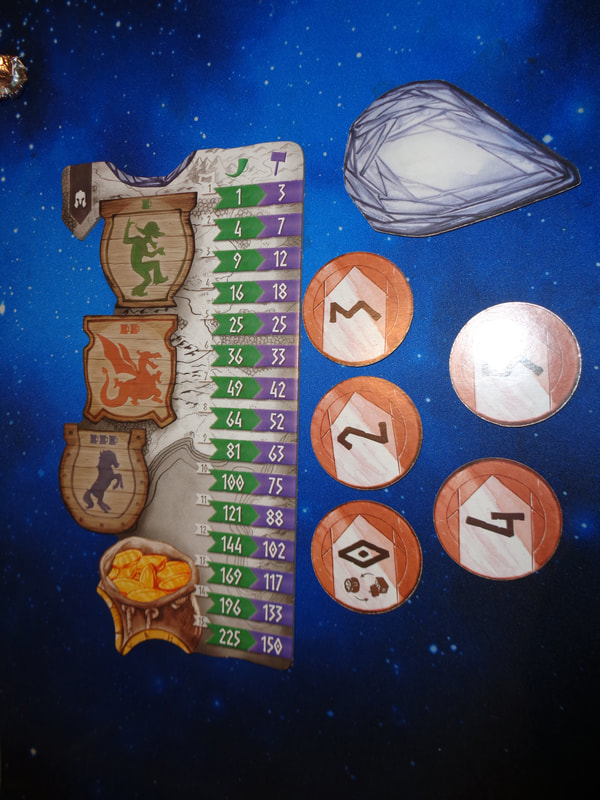
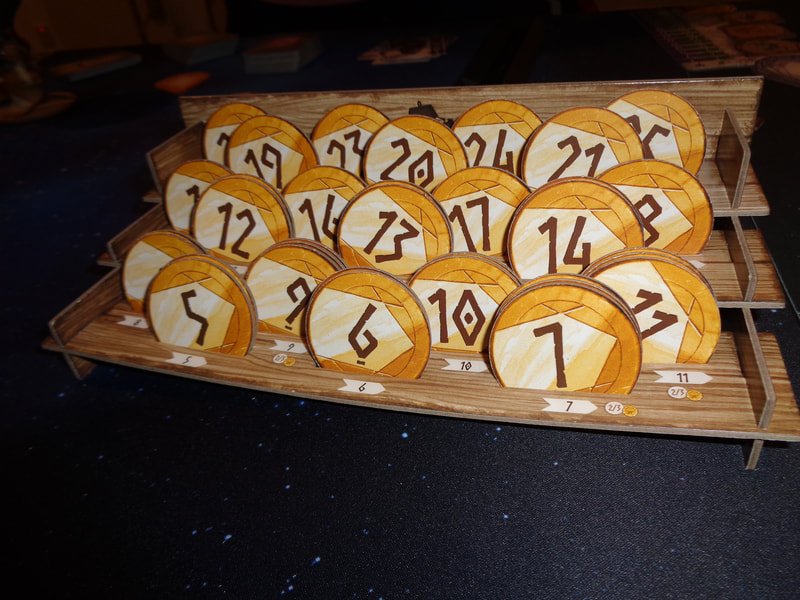

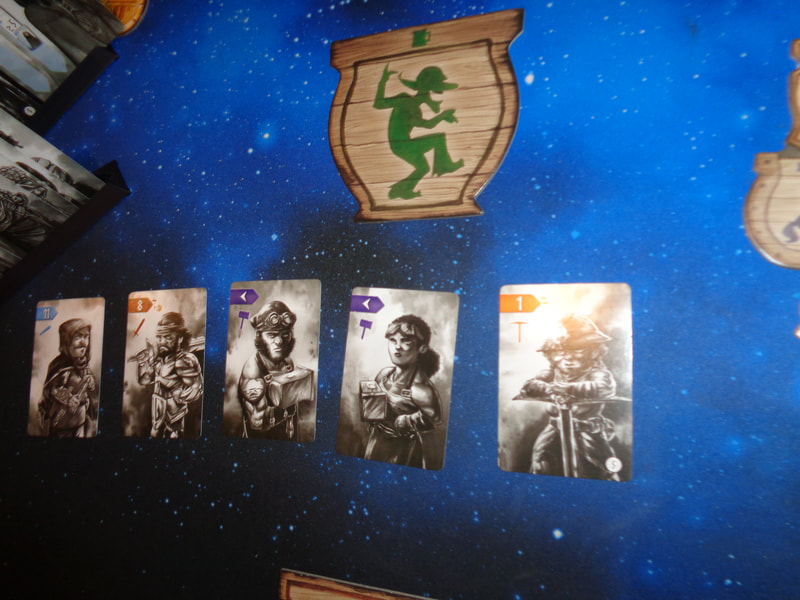
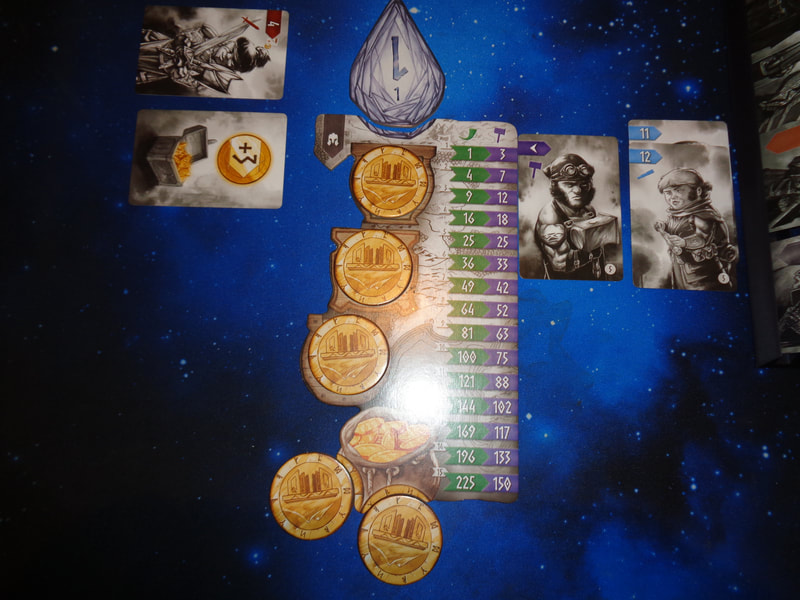
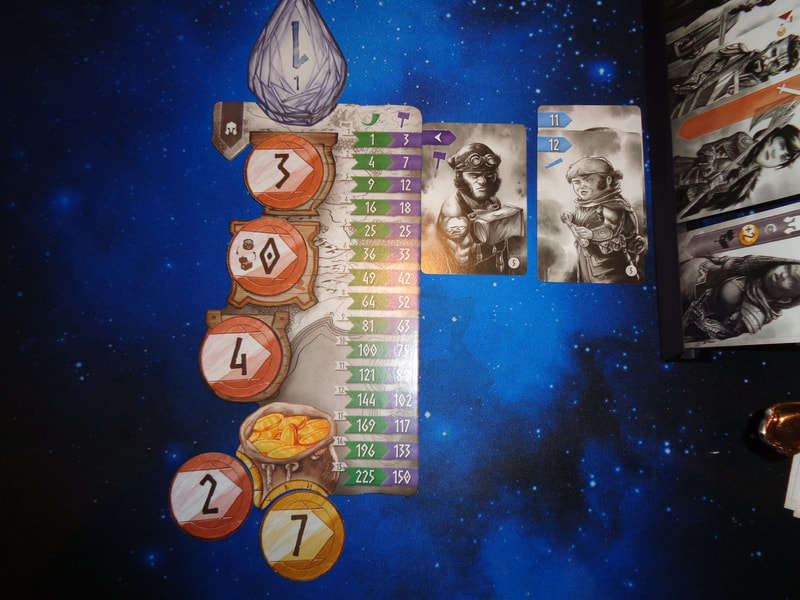
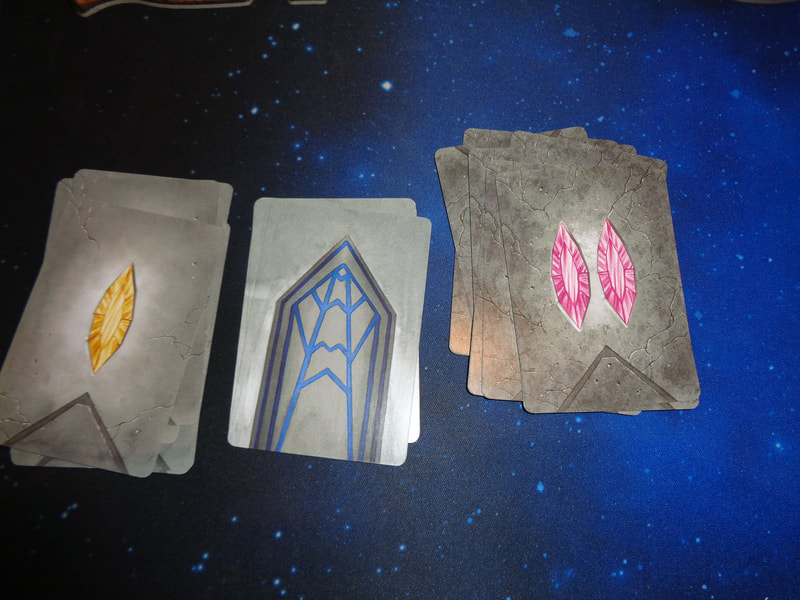
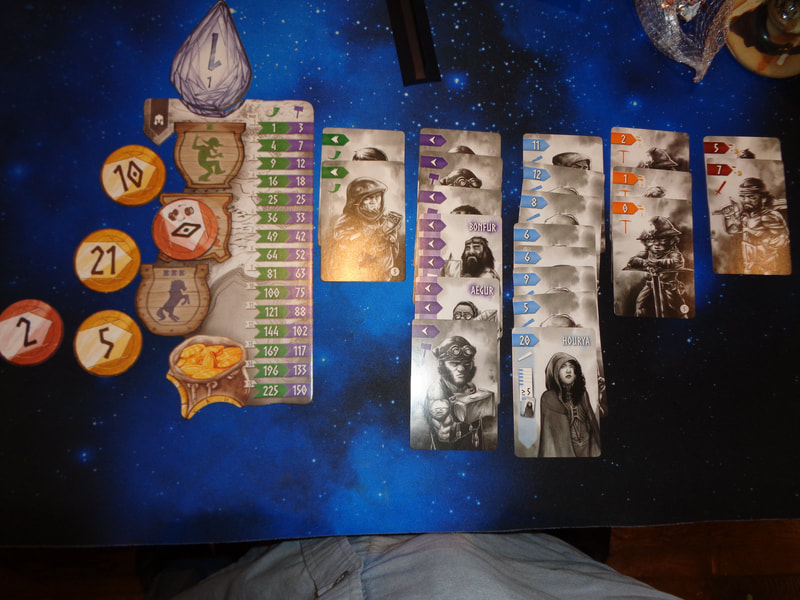
 RSS Feed
RSS Feed
